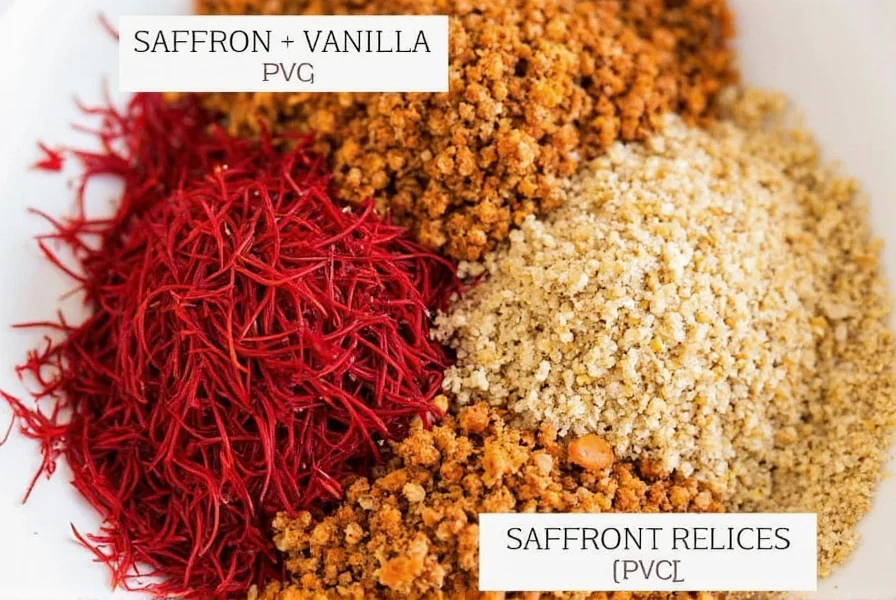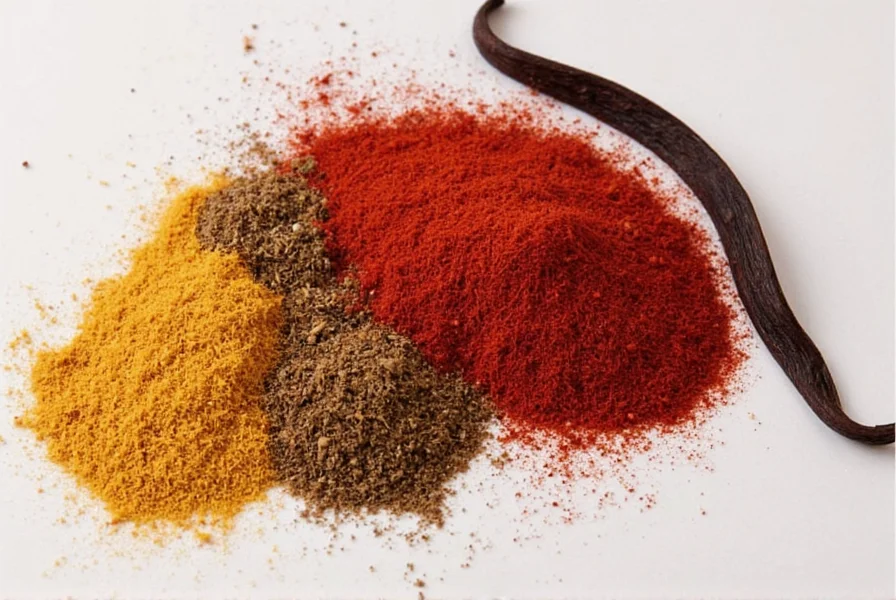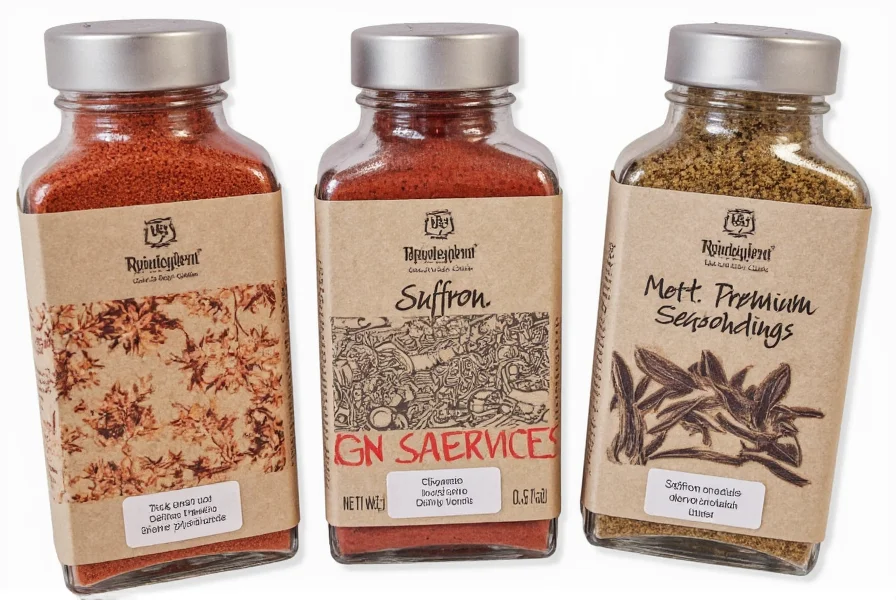When exploring the realm of luxury culinary ingredients, understanding why certain spices command extraordinary prices reveals fascinating stories of geography, tradition, and human effort. These premium seasonings aren't merely expensive—they represent centuries of cultivation practices, specific climate requirements, and painstaking harvesting methods that cannot be easily replicated.
The World's Most Valuable Spices: A Comprehensive Guide
Spice valuation depends on multiple factors including scarcity, harvesting complexity, processing requirements, and historical demand. Unlike commodities traded on open markets, premium spices often maintain high prices due to inherent limitations in production rather than artificial scarcity. This guide examines the genuine economic and agricultural reasons behind the world's most expensive seasonings, separating fact from culinary mythology.
Saffron: The Golden Standard of Luxury Spices
Saffron's extraordinary price tag stems from its incredibly labor-intensive harvesting process. Each crocus flower produces only three stigmas, which must be hand-picked at dawn when the blooms are still closed. It takes approximately 75,000 flowers to yield just one pound of dried saffron threads. The delicate stigmas require immediate drying after harvesting to preserve their flavor compounds and vibrant color.
Authentic saffron comes primarily from Iran (producing over 90% of global supply), with smaller quantities from Spain, India, and Greece. The highest grade, coupé, contains the reddest stigma tips with minimal yellow style, delivering the most intense flavor and coloring properties. Consumers should beware of counterfeit saffron, often made from safflower or marigold petals dyed with food coloring.

Vanilla: The Labor-Intensive Orchid
Vanilla beans rank as the second most expensive spice due to their complex pollination requirements. Vanilla orchids require hand-pollination within 12 hours of blooming—a process developed by Edmond Albius in 1841 that remains essential outside Madagascar and Mexico where natural pollinators exist. After pollination, the beans require nine months to mature followed by a six-month curing process involving sweating, drying, and conditioning.
Bourbon vanilla from Madagascar represents the premium standard, with Grade A "prime" beans selling for $300-$600 per pound. Mexican vanilla offers a distinct flavor profile with higher vanillin content, while Tahitian vanilla provides floral notes preferred by pastry chefs. The global vanilla market experienced extreme price volatility in 2018 when cyclones devastated Madagascar's crop, sending prices soaring to $600 per pound.
Cardamom: The Queen of Spices
Green cardamom commands premium prices ($20-$50 per ounce) due to its specific growing requirements in India's Western Ghats mountains and Guatemala's volcanic slopes. The pods must be harvested by hand when 75-80% ripe, then dried immediately to preserve flavor. High-quality cardamom displays a pale green color with intact pods containing black seeds.
| Spice | Price per Pound | Primary Growing Regions | Harvesting Method |
|---|---|---|---|
| Saffron | $500-$5,000 | Iran, Spain, India | Hand-picked stigmas from crocus flowers |
| Vanilla | $300-$600 | Madagascar, Mexico, Tahiti | Hand-pollinated orchid beans |
| Green Cardamom | $200-$400 | India, Guatemala | Hand-harvested pods |
| Korintje Cinnamon | $80-$120 | Indonesia | Hand-rolled inner bark |
Rare Cinnamon Varieties and Other Premium Spices
While common cassia cinnamon sells for $5-$10 per pound, true Ceylon cinnamon (Cinnamomum verum) commands $50-$80 per pound for its delicate flavor and lower coumarin content. The rarest cinnamon variety, Korintje from Indonesia, reaches $100+ per pound due to its specific growing conditions and traditional harvesting methods.
Other notable expensive spices include:
- Long pepper ($30-$50/oz): An ancient spice rediscovered by modern chefs, requiring careful harvesting of entire fruit spikes
- Grains of paradise ($25-$40/oz): West African spice with complex citrus notes facing sustainability challenges
- True wasabi ($160+/lb): Not technically a spice but often grouped with premium seasonings, requiring specific mountain stream conditions to grow
Factors That Determine Spice Value
Several key elements contribute to a spice's premium pricing:
- Harvesting complexity: Spices requiring hand-picking at precise times command higher prices
- Geographic limitations: Many premium spices grow only in specific microclimates
- Processing requirements: Traditional curing methods that cannot be industrialized
- Yield per plant: Low output per plant increases per-unit costs
- Storage challenges: Spices requiring special storage to maintain quality
Practical Guidance for Using Expensive Spices
When investing in premium spices, proper usage maximizes value:
- Storage: Keep saffron and vanilla in airtight containers away from light and moisture
- Measurement: Use precise measurements—saffron threads should be counted, not scooped
- Preparation: Bloom saffron in warm liquid before use; scrape vanilla beans thoroughly
- Substitution awareness: Understand that cheaper alternatives won't replicate authentic flavor profiles
Authentic premium spices deliver distinctive flavor compounds that significantly impact culinary results. For example, genuine Madagascan vanilla contains over 250 flavor compounds compared to synthetic vanillin's single compound, creating a complex flavor profile impossible to replicate artificially.

Debunking Common Misconceptions About Premium Spices
Several myths persist about expensive spices that deserve clarification:
- "Expensive spices are just marketing hype" - Scientific analysis confirms significant chemical composition differences between premium and common varieties
- "You can't taste the difference" - Trained palates consistently distinguish premium spices in blind tastings
- "All saffron is the same" - Quality varies dramatically based on stigma portion used and drying methods
- "Vanilla price spikes are artificial" - The 2018 price surge resulted from actual crop failures, not market manipulation
Understanding these distinctions helps consumers make informed decisions about when premium spices provide genuine culinary value versus when more affordable alternatives suffice.











 浙公网安备
33010002000092号
浙公网安备
33010002000092号 浙B2-20120091-4
浙B2-20120091-4